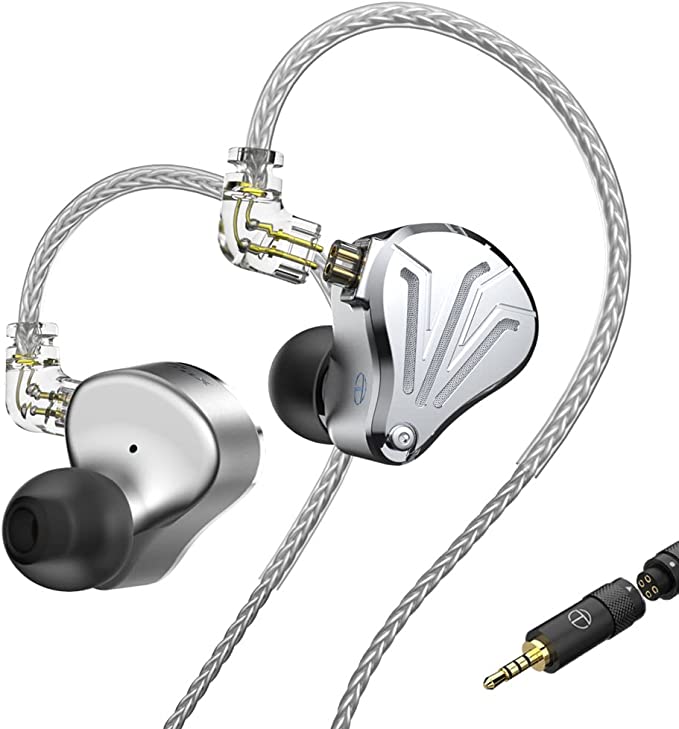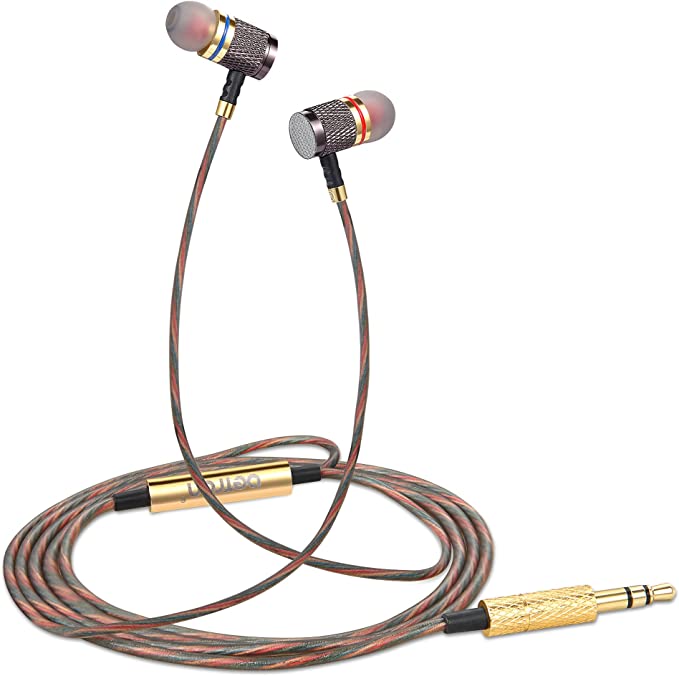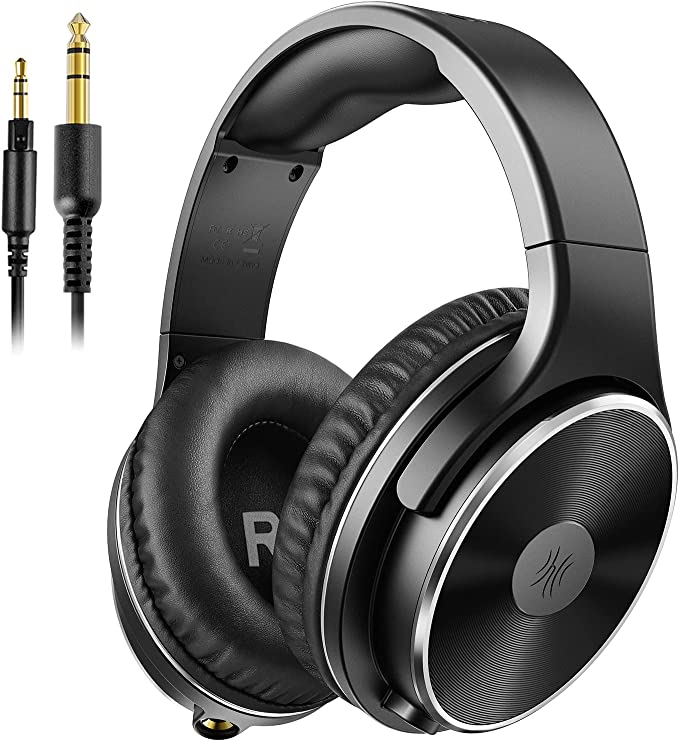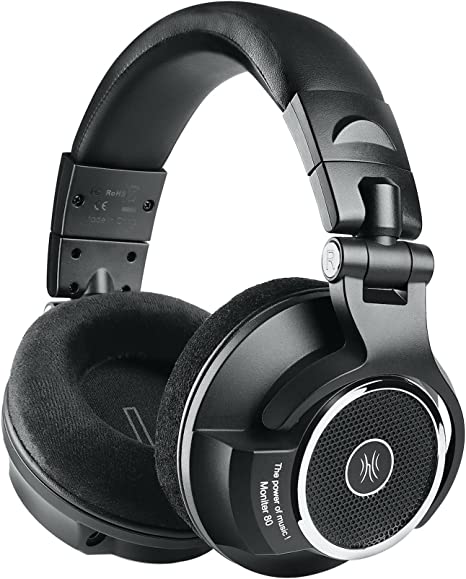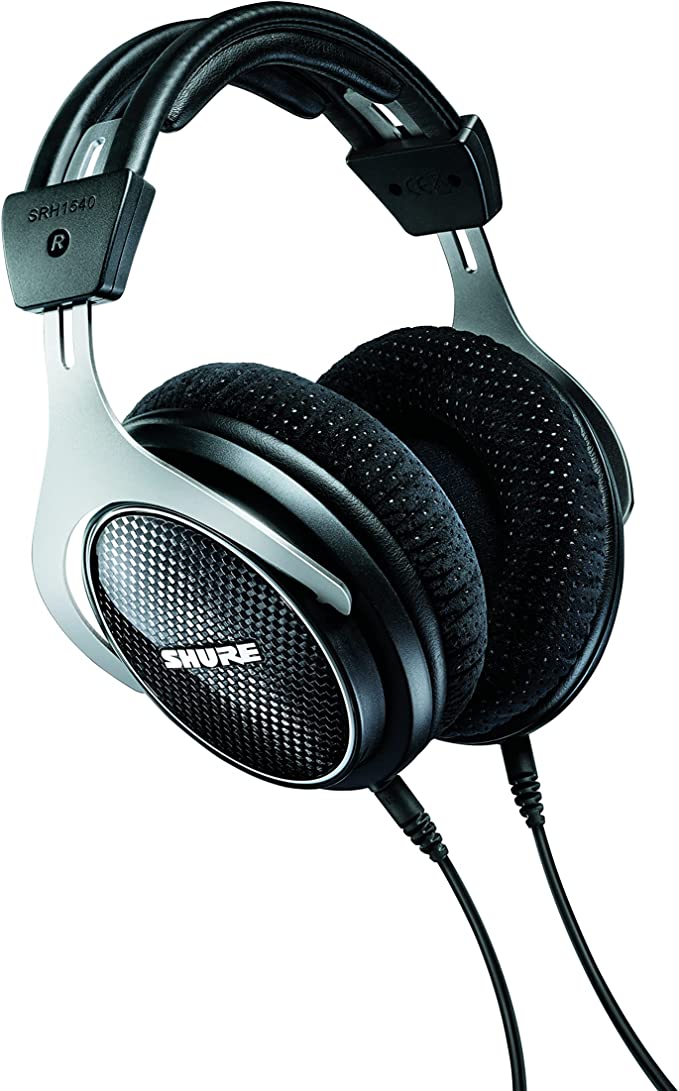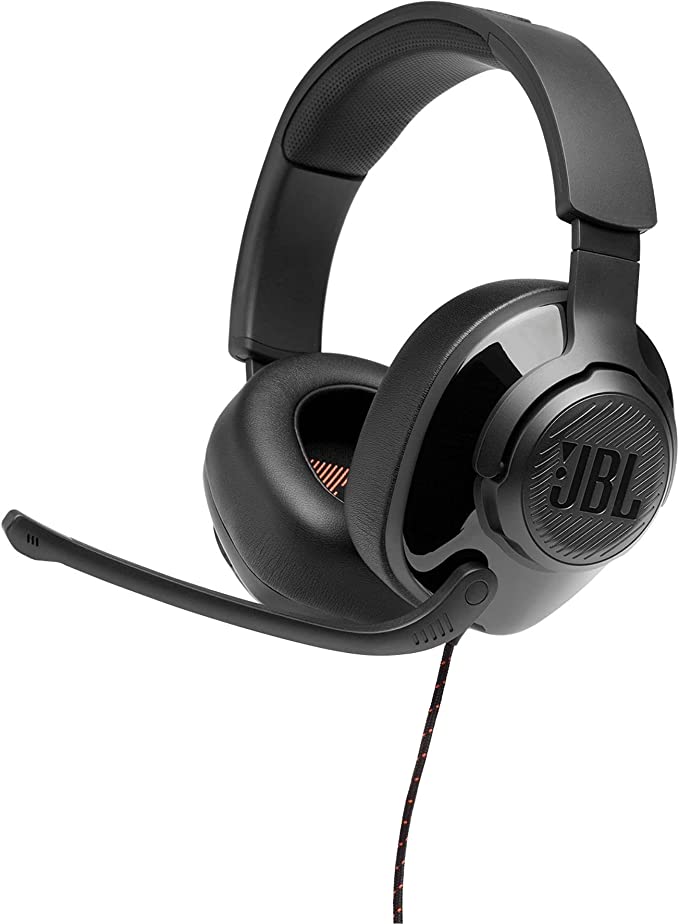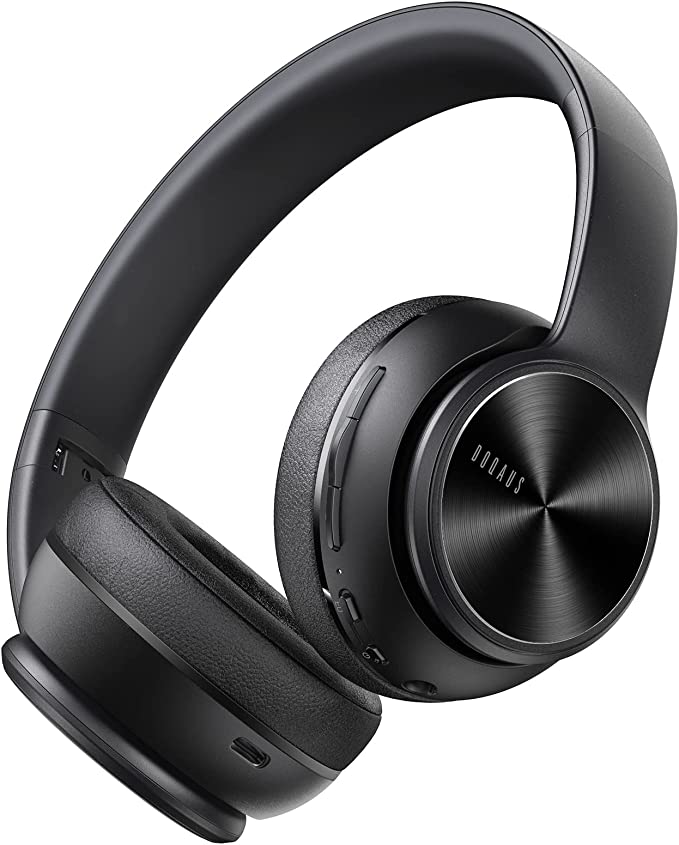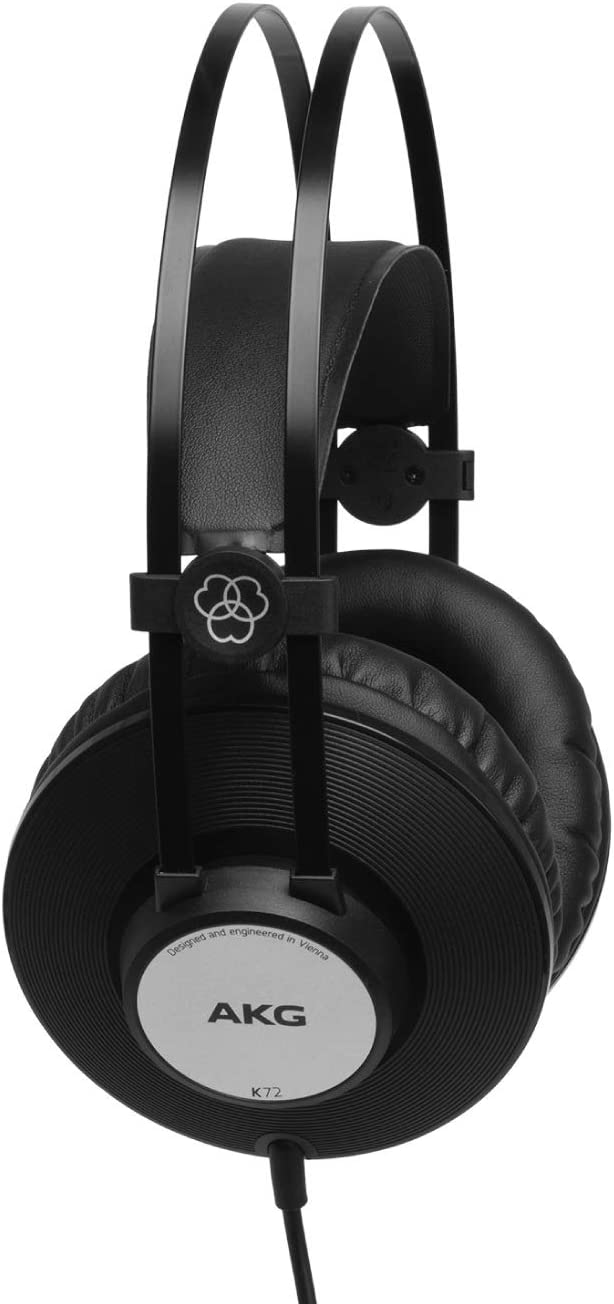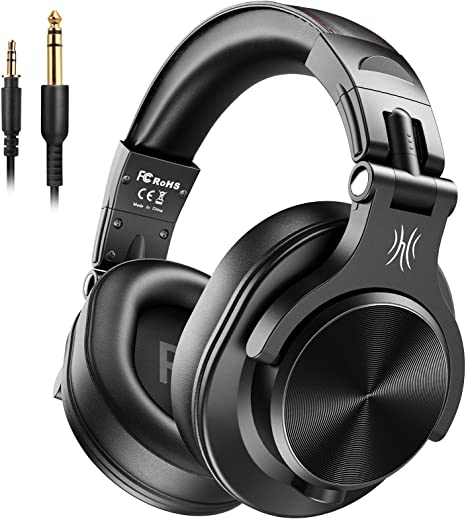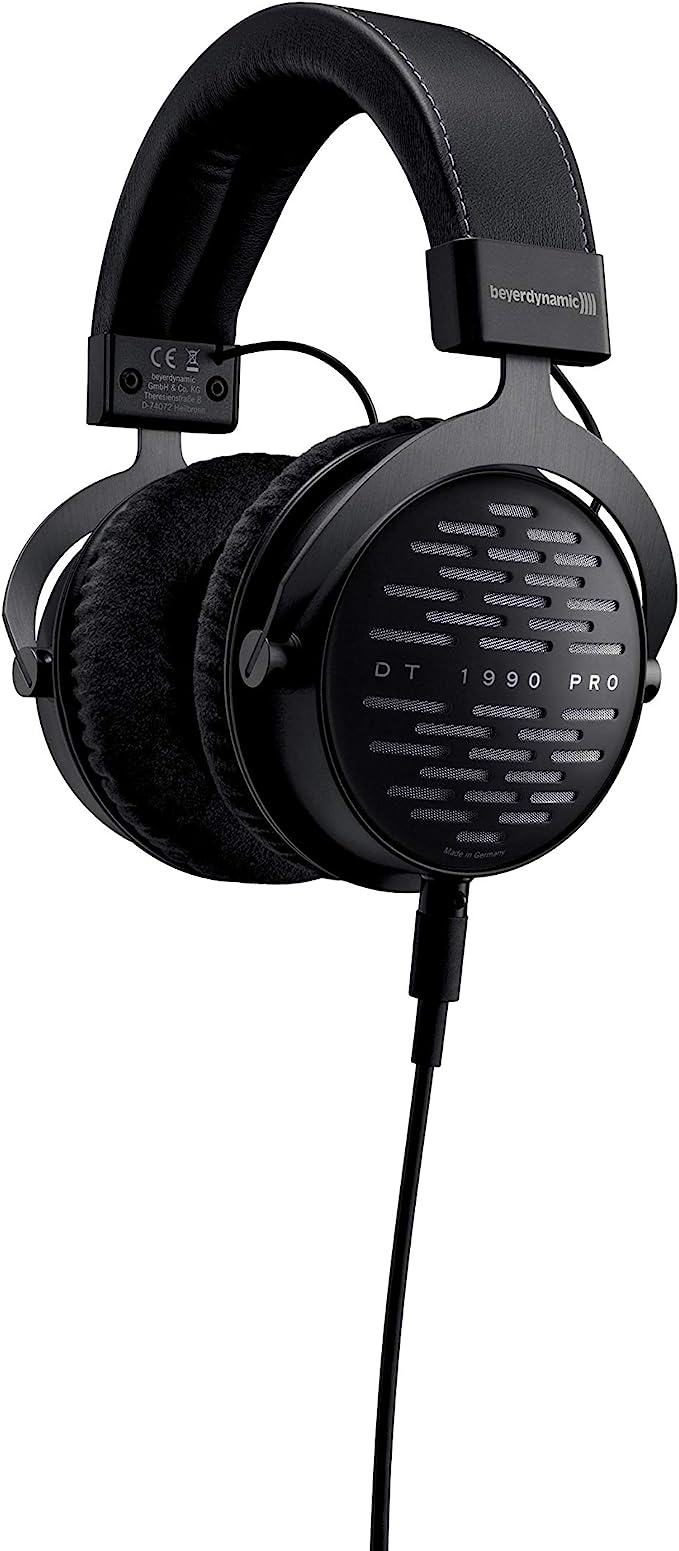TONOR K20 Wireless Karaoke Machine: Unleash Your Inner Star with Powerful Sound
Update on Aug. 25, 2025, 8:42 a.m.
It began, as many revolutions do, not with a bang, but with a simple request. In Kobe, Japan, in 1971, a musician named Daisuke Inoue was often asked by clients to record instrumental tracks of his songs for them to sing along to on business trips. Seeing an opportunity, he leased a small, repurposed car stereo, equipped it with an 8-track tape player, a simple amplifier, and a microphone. For 100 yen, anyone could be the star for the duration of a song. He called his invention the “Juke-8.” The world would soon come to know it by another name: karaoke, the “empty orchestra.”
Inoue’s humble machine sparked a global phenomenon, tapping into a universal human desire to perform, to connect, and to simply have fun. Over fifty years later, that empty orchestra has been filled with a symphony of technology. A modern device like the TONOR K20 is a direct descendant of that Juke-8, but it packs a half-century of advancements in acoustics, radio physics, and material science into a single, portable cabinet. To understand it is to trace the remarkable journey of how we engineer joy.

The Art of Sculpting Sound
At the core of any karaoke experience is the sound itself. A machine’s primary task is to faithfully reproduce the backing track while powerfully projecting the live vocal. This requires a sophisticated division of labor within the speaker system, a principle that separates high-fidelity audio from a simple noisy box.
The foundation of the sound is laid by a large 8-inch subwoofer. Its purpose is to handle the low-frequency audio—the deep pulse of a bassline or the resonant thump of a kick drum. Sound waves are physical vibrations in the air, and bass notes have long, slow wavelengths. To generate these effectively, a speaker needs a large surface area—a large cone—to move a significant volume of air. It’s the difference between tossing a pebble into a pond, creating small, high-frequency ripples, and pushing a large log into the water to create a powerful, rolling wave.
Conversely, the delicate, shimmering details of the music—a singer’s sibilance, the crisp attack of a hi-hat—are handled by two smaller 3-inch tweeters. These high-frequency sounds have short, rapid wavelengths, requiring a much lighter, nimbler cone that can vibrate thousands of times per second with extreme precision. An unseen but critical component, the crossover network, acts as an audio traffic cop, intelligently directing the low frequencies to the subwoofer and the high frequencies to the tweeters, ensuring each driver does the job it was designed for.
This entire acoustic ensemble is housed within a wooden enclosure, a choice dictated by the laws of physics, not just aesthetics. When a speaker cone vibrates, it also transmits energy into its cabinet. A flimsy plastic box will vibrate along with it, a phenomenon called resonance, which muddies the sound and introduces distortion. Wood, being denser and possessing superior acoustic damping properties, resists these vibrations. It acts like a shock absorber, dissipating unwanted energy as minuscule amounts of heat, ensuring that the only sound you hear is the pure, intended output from the drivers themselves.

Liberating the Performer
Inoue’s original machine kept the singer tethered to the unit. The modern karaoke experience is one of freedom, a change made possible by mastering the invisible world of radio waves.
It all starts with the dynamic microphone, a marvel of electromagnetic induction. When you sing, the sound waves of your voice cause a thin diaphragm inside the microphone to vibrate. Attached to this is a tiny coil of wire suspended in a magnetic field. As the coil moves back and forth, it cuts through the magnetic field lines, generating a small electrical current—a perfect electronic analog of your voice.
This signal is then transmitted wirelessly via the UHF (Ultra High Frequency) band. This isn’t an arbitrary choice. The radio spectrum is a bustling, finite resource. Lower frequency bands like VHF are often crowded with cordless phones, television signals, and other devices. UHF offers a wider, less congested highway for the audio signal to travel on, dramatically reducing the risk of static or interference. The TONOR K20’s 100-foot range creates a personal stage, but it’s a stage governed by physics; these radio waves, much like light, can be blocked by dense objects, a practical reminder of their physical nature. This technology exists within a framework of regulation, as noted by the FCC, a system designed to ensure our countless wireless conversations don’t descend into chaos.
The “songbook” has undergone a similar liberation. The cumbersome 8-track tapes and LaserDiscs of the past have been replaced by a seamless Bluetooth 5.0 connection, instantly linking the machine to the near-infinite library of YouTube or Spotify. This modern standard provides a faster, more stable connection, ensuring the music doesn’t falter at a critical moment.

The Unsung Engine of the Party
Perhaps the most revealing aspect of a modern portable system is not what it includes, but the deliberate engineering trade-offs it represents. The goal of a device like the K20 is to balance performance, portability, and price—a classic design challenge.
The key to this balancing act lies in its power source: a hefty 7000mAh lead-acid battery. In an era dominated by the lightweight lithium-ion batteries in our phones and laptops, this might seem like an archaic choice. But it is a deeply pragmatic one. Lead-acid technology is mature, reliable, and significantly less expensive to implement for high-capacity needs. It is a workhorse, capable of powering a 250-watt peak amplifier and a light show for up to 12 hours.

The trade-off is energy density. Lead-acid batteries store far less energy per kilogram than their lithium-ion counterparts. This single choice is the primary reason for the machine’s substantial 20.1-pound weight. It is the physical price paid for long-lasting, untethered power. It is the reliable, heavy-lifting roadie of the entire operation, ensuring the show goes on long after the sun has set.
From Daisuke Inoue’s simple dream in a Kobe bar to the complex interplay of acoustics, radio physics, and electrochemistry in a modern living room, the karaoke machine has remained a powerful social catalyst. The “empty orchestra” is now fuller than ever—not just with sophisticated technology, but with the shared, joyful, and profoundly human experience of raising one’s voice in song. It is a beautiful reminder that some of our most advanced engineering is dedicated, simply, to bringing people together.
